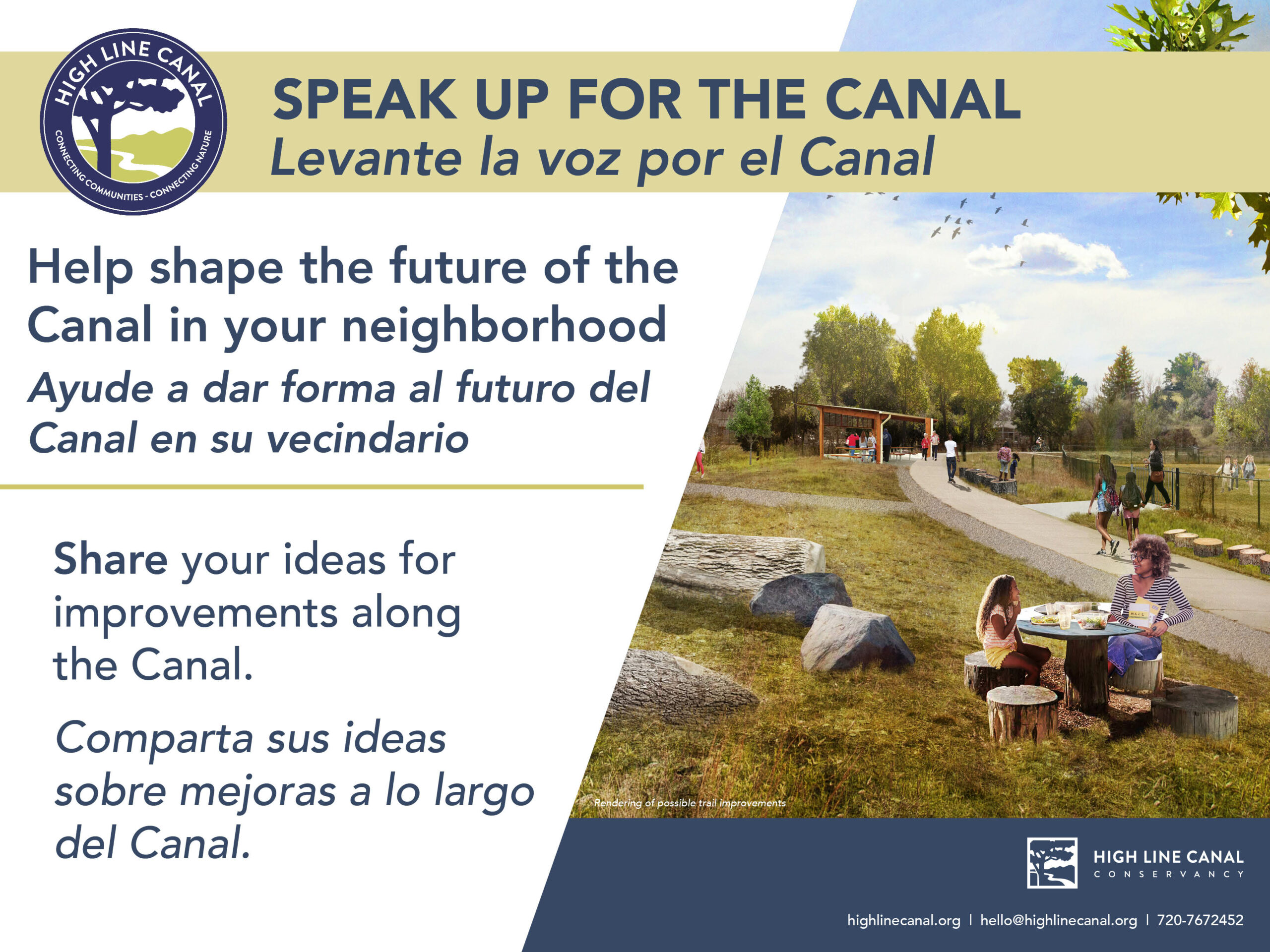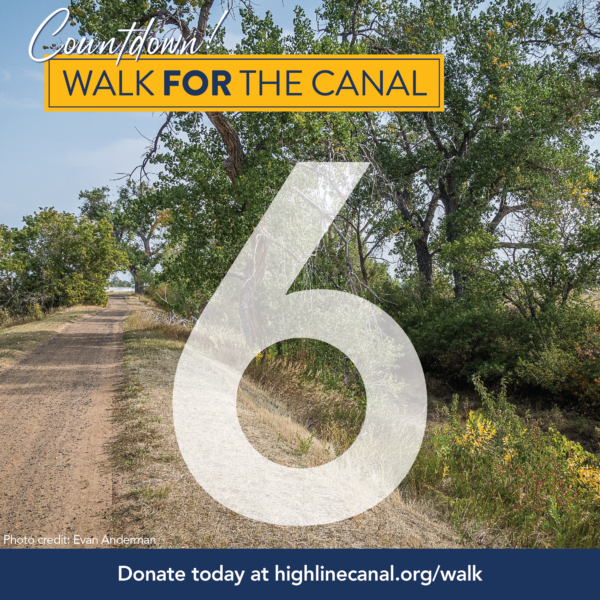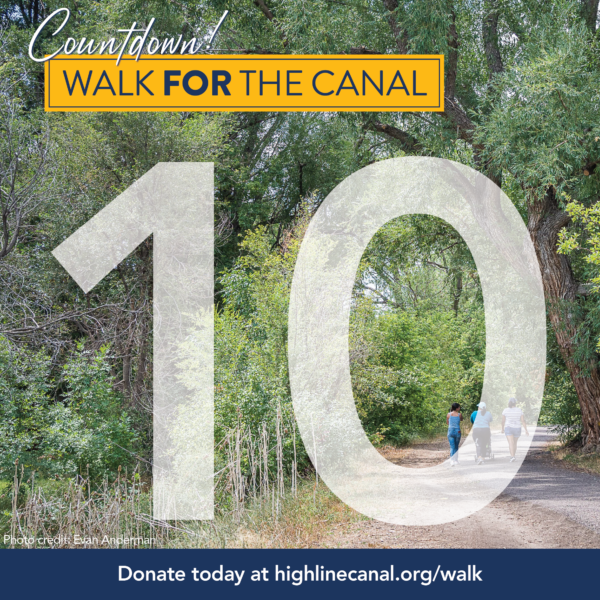Canal
Frequently Asked Questions
Is your question not answered? Learn more at Conservancy FAQ or contact us.
Hours + Rules
Hours: Open year round, dawn to dusk, subject to modification by recreation agencies.
Uses: walking, nature viewing, bicycling, hiking, horseback riding, picnicking.
For more information on rules and amenities in the specific jurisdictional reaches, please visit the following:
- Denver Water Recreation
- Douglas County Parks, Trails and Building Grounds Division
- Metro District of Highlands Ranch Parks and Open Space
- South Suburban Parks and Recreation
- Greenwood Village Parks, Trails and Recreation Department
- Cherry Hills Village Parks, Trails and Recreation Department
- Denver Parks and Recreation Department
- Aurora Parks, Recreation and Open Space Department
Share the Trail
The Canal is a shared trail. Learn about proper trail etiquette and more on jurisdictional regulations along the Canal.







